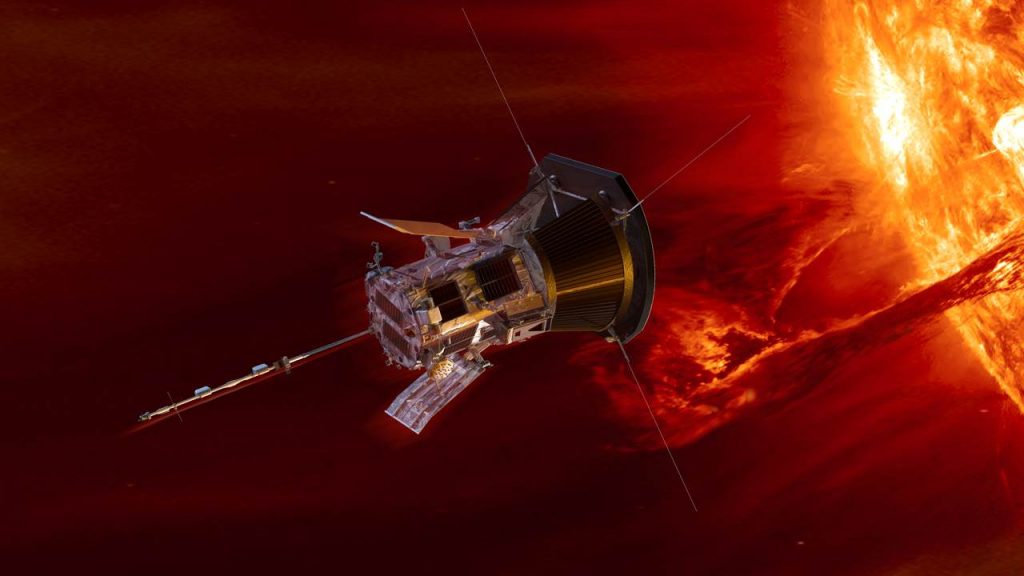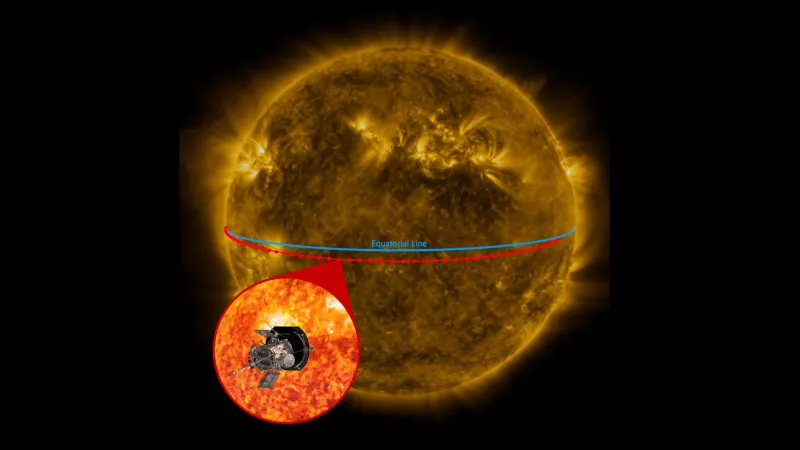On February 25, NASA’s Parker Solar Probe performed its 11th daring near-flyby of the star, telescopes on Earth and in space had the sun squarely in their sights. The idea was to have a better understanding of how the sun acted.
The Parker Solar Probe was not immediately visible in the different equipment because it was too tiny for the telescopes to pick up.
The long-distance view, according to a statement published by the Johns Hopkins University Applied Physics Laboratory, gave critical context for what the spacecraft observed up close, from as close as 5.3 million miles (8.5 million kilometers) from the sun’s surface.

Among the 40 observatories on the list are the recently opened Daniel K. Inouye Solar Telescope in Hawaii, as well as other major telescopes in the United States, Europe, and Asia.
A dozen spacecraft also provided images from all throughout the solar system. The project was assigned to NASA’s Solar Terrestrial Relations Observatory, Solar Dynamics Observatory, and Thermosphere Ionosphere.
Two projects that are presently under development are Mesosphere Energetics and Dynamics and Magnetospheric Multiscale missions.
Read more: Astonishing: Nasa’s solar probe provides its first snap of Venus
Streamers and switchbacks
As it approached the Alfvén surface, the Parker probe traveled through a ‘pseudostreamer’ of electrically charged material, where conditions were calmer than the chaotic environment outside.
When in the corona, the spacecraft saw switchbacks, which are unusual twists in the magnetic field of the solar wind. Switchbacks had been known to scientists before, but the mission’s data enabled them to trace their origins all the way down to the solar surface.
Understanding how these structures arise on the Sun and how they impact solar wind and other charged particle eruptions could help people on Earth prepare for potentially disruptive space weather, such as solar storms that can interrupt satellite communications.
According to Kelly Korreck, a solar physicist at NASA’s headquarters who presented at the press conference, the results will also assist researchers to understand the forces that power stars other than the Sun.
Read: What is the Parker Solar Probe made of?
What is Parker Solar Probe made up of? Why it won’t melt at such high temperature?
With NASA sending the historic Parker Solar Probe farther into the solar environment than any previous mission, the question of why it won’t melt has become moot.
The probe will collect data on what drives the enormous spectrum of particles, energy, and heat that flows through the solar atmosphere, known as the corona.
The spacecraft will sail through the material with temperatures surpassing several million degrees Celsius while being bombarded by powerful sunlight.
According to the US space agency, the Parker Solar Probe was designed to withstand the mission’s extreme temperatures and temperature changes.
The key is its custom heat shield and autonomous system, which shields the mission from the Sun’s intense light radiation while enabling coronal material to ‘touch’ the spacecraft,” NASA said in a statement.
While the Parker Solar Probe travels through an area with temperatures of several million degrees, the surface of the heat shield facing the Sun will only be heated to around 1,400 degrees Celsius. As a result, temperatures in space may reach thousands of degrees without causing significant heat to a single object or making one feel heated.
Because space is largely empty, there are very few particles that may convey energy to the spaceship.
The corona in which the Parker Solar Probe passes, for example, has a very high temperature but a very low density. The Thermal Protection System, or TPS, is a 4.5-inch-thick heat screen that surrounds the probe and is eight feet in circumference. Thanks to those few inches of protection, the spacecraft body will be at a nice 30 degrees Celsius just on the other side of the barrier.
Also read: Plasma bursts on Parker Solar Probe are caused by hypervelocity dust strikes
What will the Parker Solar Probe investigate on its journey to the Sun?
The Parker Solar Probe was launched in August 2018 to examine the sun’s outer atmosphere. It is equipped with four unique sensor suites that will help scientists better understand how the corona functions and how it influences space weather near Earth.
